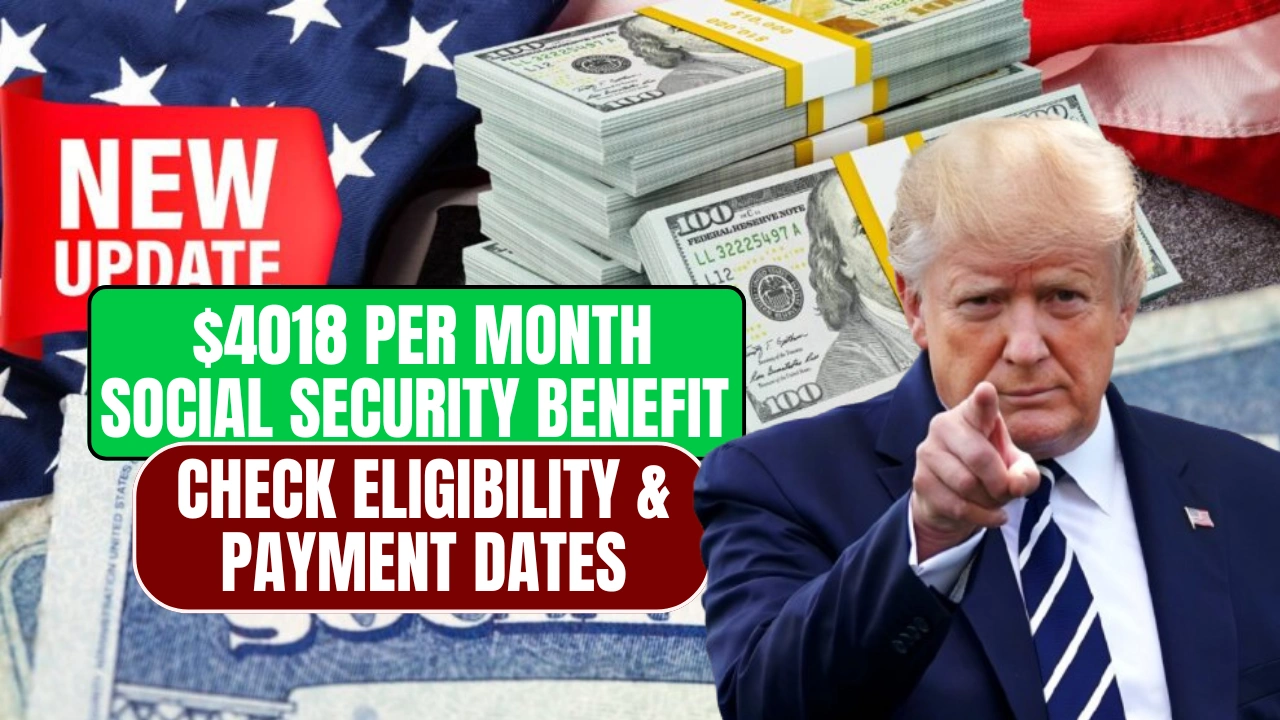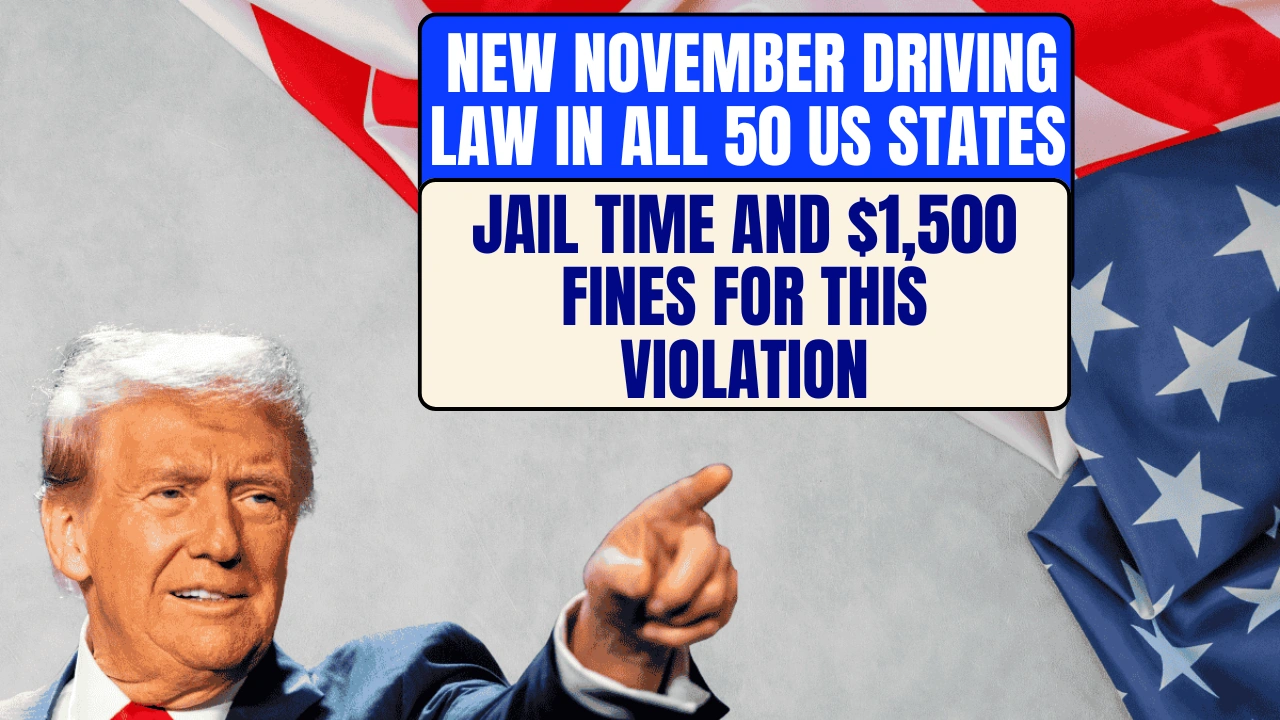The US Minimum Wage Increase is grabbing headlines as more states update their pay floors in response to inflation and the rising cost of living. With pay rates shifting across the country, workers and employers alike are eager to see how these changes affect wages, hiring practices and business costs.
Many people don’t realise that the US Minimum Wage Increase doesn’t just mean a federal change; most of the action is at the state or local level. In this article we’ll break down what the increases look like in 2025, highlight which states are moving fastest, and provide an updated list of key pay‑rates you should know.
What to Know About the US Minimum Wage Increase
The US Minimum Wage Increase is not a one-size-fits-all change. While the federal rate remains at $7.25 per hour, many states are stepping up with their own increases, some reaching above $16 per hour in 2025. These adjustments are being driven by inflation, cost of living, and political efforts to ensure workers earn enough to cover basic needs. Understanding where your state stands in this wage shift is crucial for both employees expecting higher pay and employers preparing for compliance.
Overview Table
| State / Jurisdiction | 2025 Minimum Wage* | Notes on Change |
| California | $16.50 per hour | Effective Jan 1 2025 |
| Washington | $16.66 per hour | Jan 1 2025 update |
| New York (NYC/LI/Westchester) | $16.50 per hour | Jan 1 2025 rate in NYC region |
| Delaware | $15.00 per hour | Jan 1 2025 milestone |
| Virginia | $12.41 per hour | Jan 1 2025 rate |
| States at federal level | $7.25 per hour | Federal minimum unchanged since 2009 |
*These are state‐wide minimums before any local higher rates.
What’s Driving These Increases
The push behind the US Minimum Wage Increase has several roots: rising inflation, labour shortages, and political pressure to raise the standard of living for low‑wage workers. Many states have laws indexing minimum wage to inflation or pre‑scheduled hikes. Advocates point out that the long‑standing federal rate (unchanged since 2009) no longer aligns with real living costs. For employers, this trend means adjusting budgets, labour planning and pay‑structures.
Some localities are even ahead of state law, especially in higher cost areas, illustrating that the US Minimum Wage Increase is far from uniform.
Which States Lead the Pack
Looking at the highest minimum wages in 2025, the states topping the list include California and Washington. These states have minimum wages above $16 per hour, signalling a stronger embrace of wage growth. On the flip side, many states still stick with the federal floor or only slightly above. Tracking where your state falls helps you understand if you’re seeing a meaningful raise from the national average.
What Remains Unchanged
Despite the excitement of rising pay in many places, the base federal minimum wage remains fixed at $7.25 per hour for covered workers. That means in states without their own minimums, or where the state minimum equals the federal level, the baseline remains low. It also means the US Minimum Wage Increase may affect you only if your state has taken action. For tipped workers, disabled workers or youth workers, state rules differ and many haven’t fully moved in lockstep with standard minimum wage changes.
What This Means for Workers
If you’re working hourly wage and your state has enacted or scheduled a raise, you could see your pay increase this year. For example, if your baseline was $12 and it moves to $15, that’s a substantial bump. Make sure to check your state’s labor department or your employer’s notices. Because the US Minimum Wage Increase doesn’t happen uniformly, you might need to check local county or city laws to some jurisdictions set higher minimums than the state.
On the flip side, if your state is among the slower movers, you might still be earning near the $7.25 federal rate. Recognising which category your state falls into helps set expectations and plan accordingly.
What This Means for Employers
For business owners, the noise around the US Minimum Wage Increase should be a signal to review payroll systems, labour budgets and compliance. With many states increasing rates as of Jan 1 2025and others scheduled later in the year, employers must ensure they meet the correct minimums by the effective date. Failure to do so can lead to legal exposure, wage claims or penalties. Also, wage increases may ripple through middle‑wage jobs, as employees expect adjustments and turnover risk rises if wages lag market rates.
Looking Ahead: What to Monitor
As we head deeper into 2025, keep an eye on:
- State legislation: Some states have pending bills to further increase minimum wage or tie it to inflation
- Local jurisdiction wage floors: Cities or counties may adopt higher minimums than the state, especially in high‑cost areas
- Industry‑specific minimums: Some sectors (like hotels, tipped work or contracts) may have different floors
- Employer responses: How businesses adjust scheduling, benefits or employee numbers in response to wage growth will influence the real‑world impact of the increase
FAQs
Not yet. The federal rate is still $7.25 per hour and any change requires congressional action. Some proposals aim to boost it to $17 by 2030.
No. Effective dates, employer size, job category (tipped, disabled worker) and location all affect whether and when you see a pay increase.
Then the higher local rate typically applies. Many cities set “living wage” standards above state minimums to reflect cost of living.
Generally, minimum wage laws cover employees under the Fair Labor Standards Act (FLSA) and similar state laws. Freelancers or independent contractors may not be covered in the same way.
Employers should review state and local wage laws, update payroll systems, communicate with employees about upcoming changes, budget for higher labour costs and monitor compliance.












